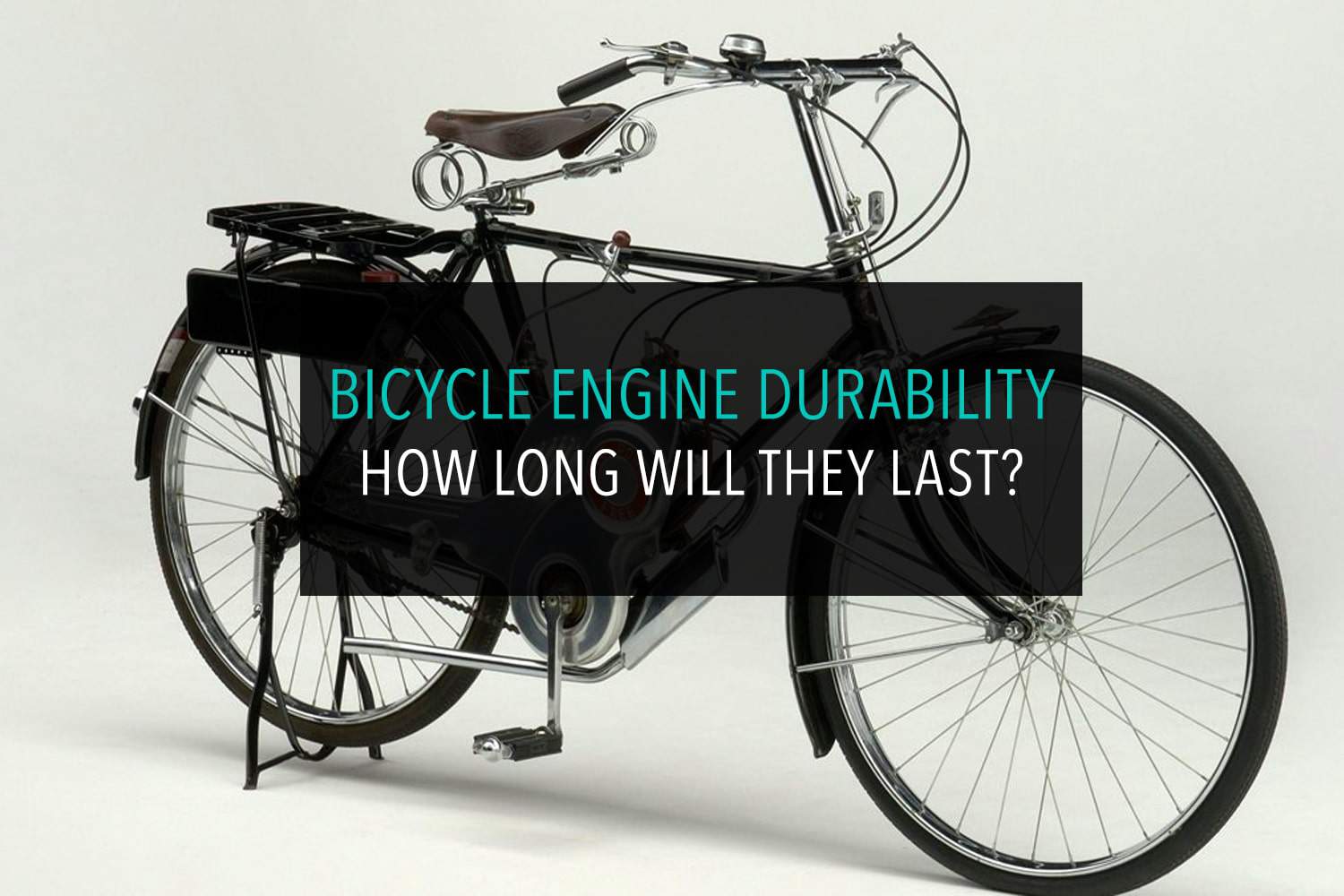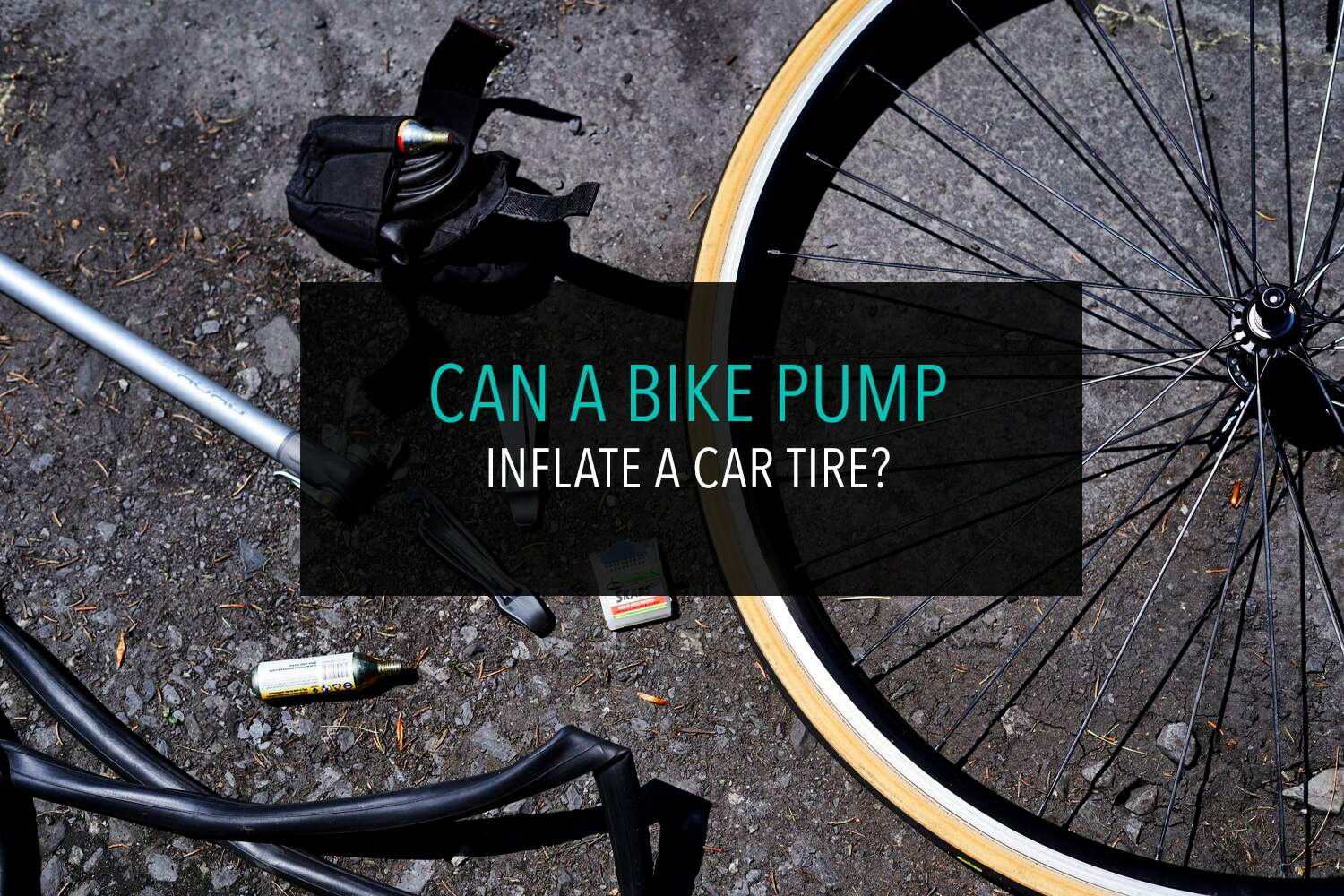Once you’ve entered into the world of a motorized bike, there is a good chance that you’ll never want to go back. Not to say that motorized bikes don’t come with any problems, but their convenience and ease of use is just amazing.
When you are planning on making that first engine kit purchase, many questions are going through your mind, and one of the largest questions in my mind was “how long is this bike engine going to last? Well here’s an answer for you.
Gas powered bike engines typically last 3-10 years with the final mileage of 5,000-7,000. However, the oldest reported bike engine (still working) had more than 30,000 miles and was over 10 years old.
In my opinion, those numbers are fairly comforting, knowing I’ll get good value from my purchase, but before you go out and buy, keep on reading for some factors that will increase (or decrease) the lifespan of your bike engine.
So How Long Will it Last
Here is a table I created, breaking down the average total mileage (6,000) against the cost of a $150 dollar starter engine. (Cost Per Day/Mile does not include fuel costs, it is just a breakdown of the cost of the original purchase price)
Years Of UseMiles Per DayCost Per Day/Mile1 years16.43 Miles per Day$0.41 Cents per day
($0.02 Cents per Mile)2 years8.21 Miles per Day$0.16 Cents Per Day
($0.02 Cents Per Mile)3 years5.47 Miles Per Day$0.13 Cents Per Day
($0.02 Cents Per Mile)4 years4.1 Miles Per Day$0.08 Cents Per Day
($0.02 Cents Per Mile)5 Years3.28 Miles Per Day$0.06 Cents Per Day
($0.02 Cents Per Mile)
Your average, run-of-the-mill bike engines all have similar characteristics that give them an equal start in the “race of life” Almost all of these engines, (especially the 2-stroke) are made in China.
Now I’m not just trying to knock Chinese products. Some of the methods to do this are fine, many hands make light work. But…. some of the other methods may affect us more than we think.
If the creator doesn’t love his creation, then there will potentially be a greater number of errors. Second, when you are trying to create the cheapest product possible, what do you do? You use the cheapest materials possible.
Bringing it full circle, the components on your bike kit are probably not top quality. Does it really matter? To me, not really. You can get a brand new kit by dropping $120 bucks. That is a relatively small investment. So if a part on your kit goes out, the good news is it will be cheap to replace.
There are pros and cons of cheap products. Now all of the products leave the factory with similar potential. But every engine does not work for the exact same amount of time. So we will dive into some other factors that will affect the life of your engine.
New vs. Used
I am one of those people who love to buy used things. Not really because I love second-hand products, but I do love the associated price.
Used
So if you opt to buy an engine off of craigslist or eBay, you can know that you will probably experience different problems than someone who bought their engine brand new.
At the same time, you might avoid some of the problems that a brand new engine might have.
When you purchase used engines, you run the risk that the previous owner didn’t care for the engine properly. The easiest way to tell is how clean the outside is. This is not a perfect method, but more than likely if the outside is grimy, then the inside will be grimy too.
Always ask the age of the engine and how many miles are on it. That information will help you know if the selling price is fair.
A few issues you might avoid buying used is the struggle of installation. If you are not into mechanics and all you know are youtube tutorials, you might like buying a mounted engine from someone. And more than likely the engine will have been broken in by that time, and you won’t have to worry about overusing the engine.
New
Buying products new can be great and it can be a pain. Buying new guarantees that you are the first owner and you know how well the engine will be maintained,
Often times you will find that a part may be missing from your kit, which is annoying, especially if you don’t know where to find replacement parts. (or it would take a lot of time to order one)
When you buy new, you have the chance to put the product under warranty in case something goes wrong. I am all about this part. 99% of the time I buy something new (over 30 bucks) I’ll put it under warranty. I just know I’m going to break it, so I just take care of that problem right up front.
I know this isn’t all-inclusive pros and cons list, but these are just a few of the really big ones to think about that can affect the life of your engine.
Installation
By nature, I’m not too much of a handyman, but I can pick things up pretty fast. Most companies that sell engine kits claim that the 2-stroke engines take around 3 hours to install.
I think that’s a pretty fair estimate, but I know that the first time you do it, it will take longer. When you go to install your kit, follow every instruction to the T. DON”T skip any steps. I wouldn’t even suggest any jimmy rigging until you have a solid understanding of how the engine works.
If you don’t install it correctly you are setting your self up for failure.
Weather/Climate
Depending on the weather where you ride and humidity etc… you will see your bike perform at different levels.
When you first start riding, you go through a break in period, where you have to stop more often to let the engine cool down. Well the hotter it is outside, the harder this process will be because the engine will maintain a higher average temperature.
Making you stop more often and wait even longer for the bike to cool down.
You will also see the cold affect your kit. When it’s cold, it will make the starting harder, and the cold will naturally make the engine run at a lower performance level.
Moisture content (Humidity) can rust out your engine and cause parts to corrode.
Rain will have a similar affect.
Type of Use
The two main ways to look at riding are commuting and cruising. I know that you could race these, but that would be rare and know that hard use (like racing) will greatly decrease the life of your engine.
Commute
If you are commuting on the bike, you are probably using the engine more aggressively in order to stay in line with traffic and time restraints. This type of riding causes more pressure on the engine.
If you are commuting long distances, be aware of your engine, listen to it to identify potential problems.
Cruising
Cruising is probably the way to get the most out of your bike engine. It’s just a little more laid back, less pressure on the engine.
Personally, I would have a hard time justifying this purchase just to cruise, but you can still commute, but do it with a cruiser mindset. Leave early enough to just take it easy on the road.
Maintenance
Keeping up on your engine is probably the most important factor out of all these mentioned. You HAVE to do general maintenance on the engine if you want it to last. You need to make sure it is kept clean, and that the seals, gaskets and spark plugs are all good.
Make it a habit. Maybe check over the engine weekly, to check for any damage or missing parts.
When you take care of the bike, it will take care of you.
Happy Riding!



